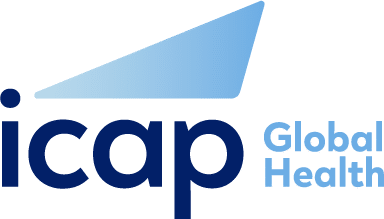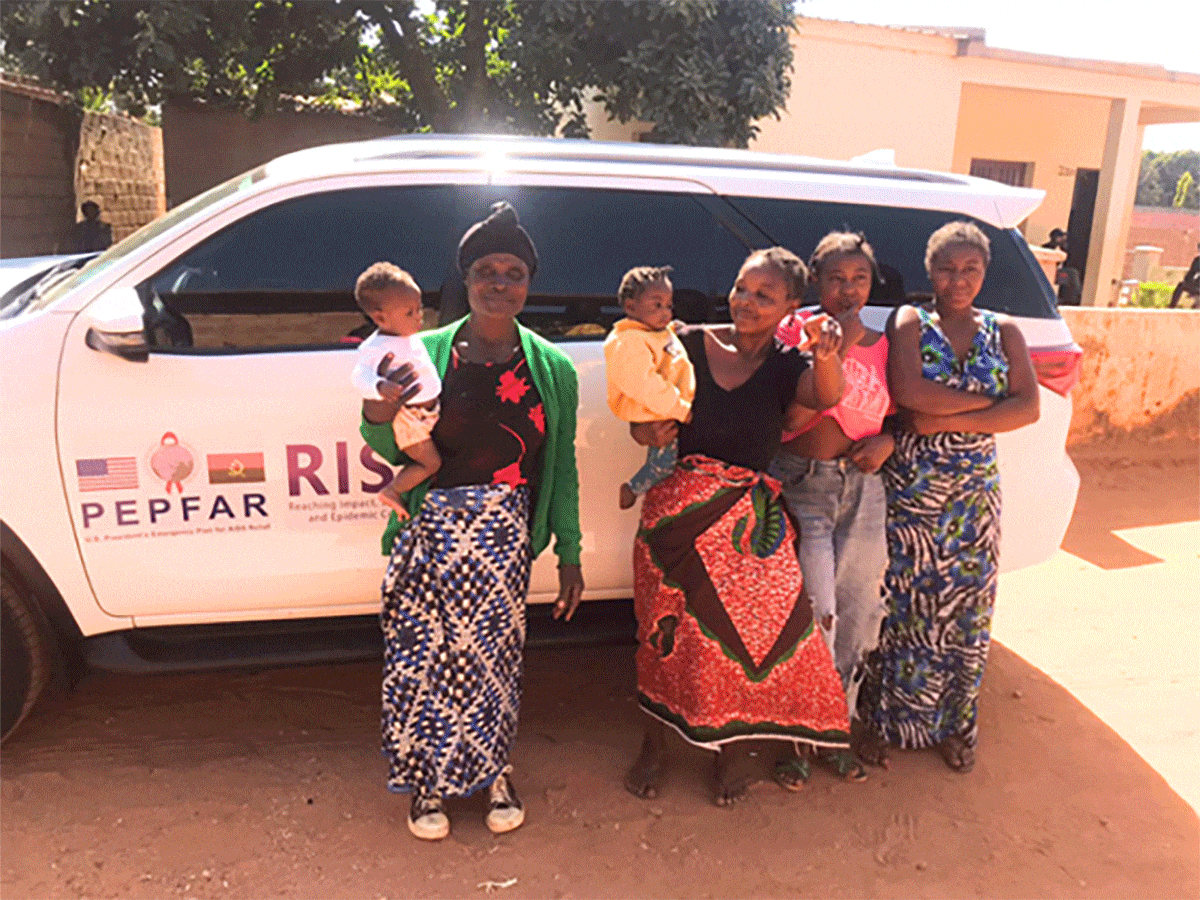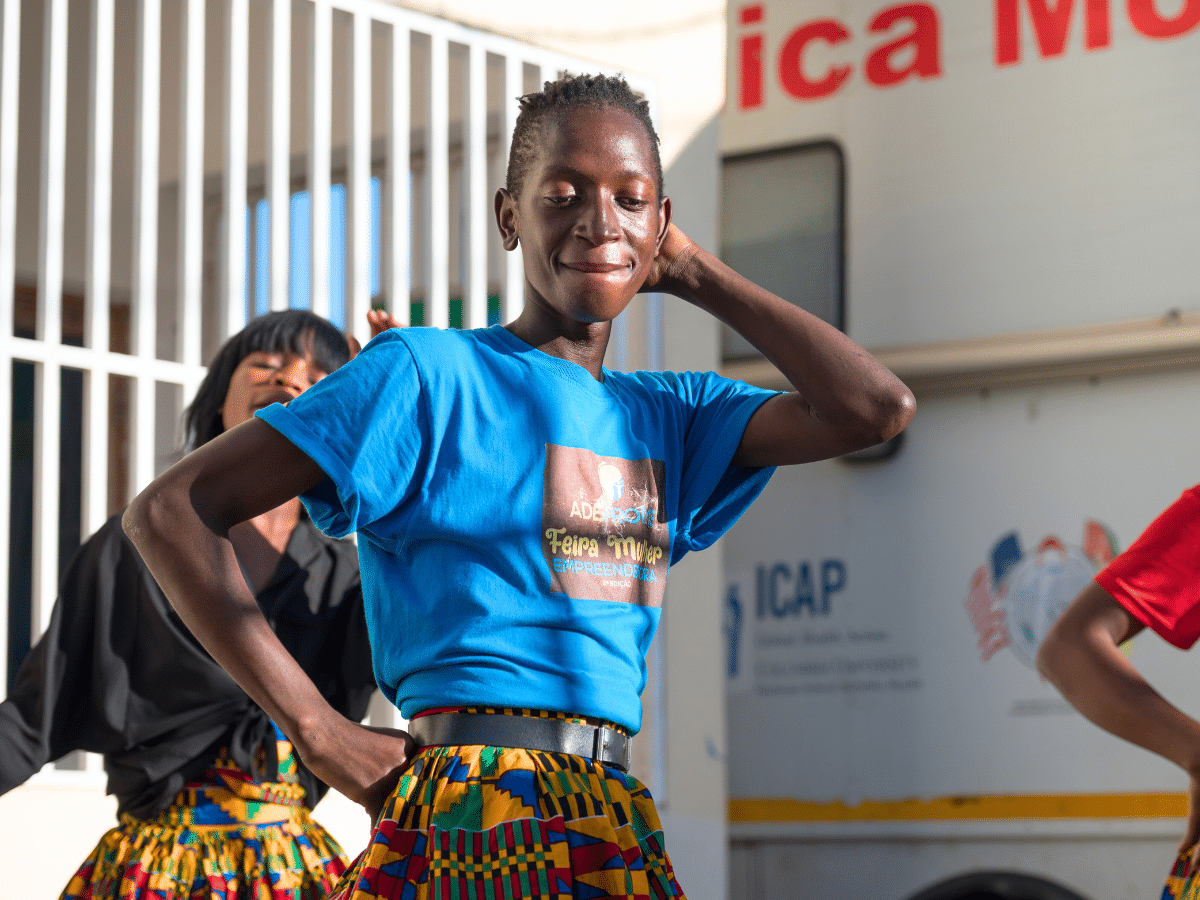ICAP Director Wafaa El-Sadr was a panelist on the debate “Treatment as Prevention” hosted by The World Bank and USAID on November 10, 2011. The debate featured four expert panelists designated to argue for and against treatment as prevention. This debate built on discussions that emanated from the HPTN-052 study which demonstrated that early ART was associated with a 96 percent reduction in HIV transmission from an HIV-infected person to his or her sexual partner.
Moderated by Nancy Birdsall, president of the Center for Global Development, the debate put forth the following proposition: “Countries should spend a majority of what is likely to be a flat or even declining HIV prevention budget on ‘treatment as prevention.'”
Arguing in favor of the proposition, El-Sadr proposed three main reasons for why at least 50 percent of prevention resources should be allocated to treatment for prevention: 1) evidence must inform prevention; 2) ART for prevention is effective, feasible, equitable, ethical, and a well-accepted disease control strategy; and 3) the use of ART for prevention has important spill over effects for the individual and the community.
“At 96 percent protection – as demonstrated in the HPTN 052 study–this to date is the highest level of protection we have ever been able to achieve with any of one prevention intervention. This is beyond our wildest dreams. And the most compelling evidence is that it actually can be done and should be done, and that we need to give this intervention the lion share of our prevention resources,” said El-Sadr.
Also speaking in favor of the proposition, Sten H. Vermund, director of the Vanderbilt Institute for Global Health, asked “Is there any prevention strategy even remotely likely to reduce risk as efficiently as a 96 percent reduction of risk?” Vermund explained that ART for prevention is a reality now. “We are in a position to put tens of thousands, hundreds of thousands, perhaps millions of people on therapy,” he said.
Stefano Bertozzi, director of the HIV and Tuberculosis Global Health Program at the Bill and Melinda Gates Foundation, and Myron Cohen, director of the Institute for Global Health and Infectious Diseases at UNC, argued against the proposition. Bertozzi critqued the premise of the proposition, noting that prevention and treatment funding must be based on country needs and not an arbitrary threshold of 50 percent as defined in the proposition. “The correct answer, the right proportion, the optimal way to reduce death and disease from HIV should be guided by the countries specific situation – both the epidemiology of the country and the current response of the country,” said Bertozzi.
Myron Cohen, who is also the principal investigator on the HPTN 052, noted that the benefits from prevention as treatment will primarily be regional due to the unique health challenges that each country faces, and therefore it does not make sense to shift prevention funds to treatment funds in every country. “More ART may be less important than the more sensible use of ART,” said Cohen. “The premise of this debate is very interesting, but premature. Before we spend most of our money on ART, let’s figure out the best way to use the treatment dollars.”
The debate and subsequent question and answer session are available online.








